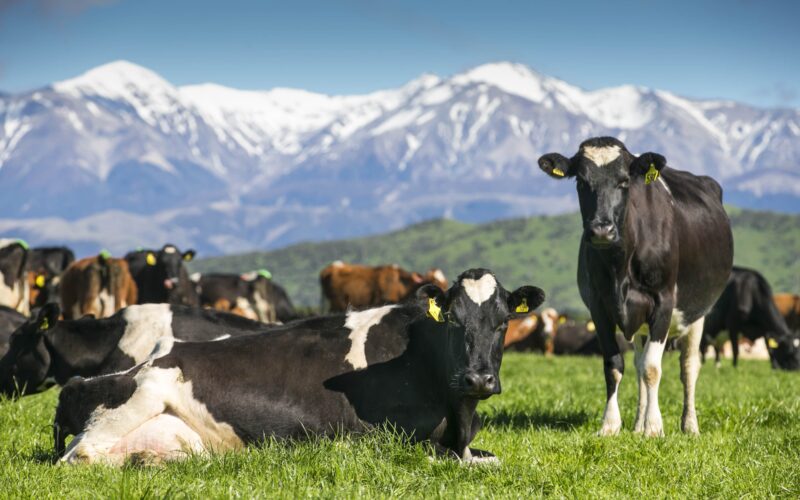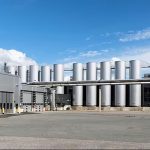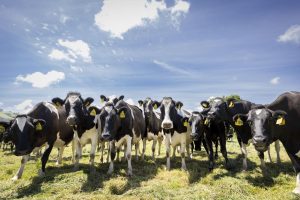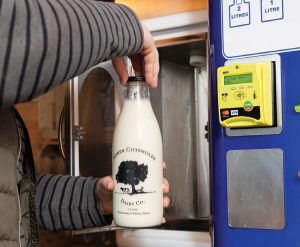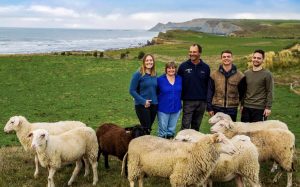
‘Influx of people looking to undertake dairy conversion’ in the region.
Skyrocketing milk prices have Canterbury on the verge on new dairy conversion boom.
But Federated Farmers South Canterbury dairy chair Jimmy Emmett said it “won’t be the Wild West of the 2000s”.
“We’re hearing there are a lot of applications lodged with Environment Canterbury, and a lot of land signalled [as] ideal for conversion, but it does seem there is a pause until there is clarity around pending new RMA rules.”
It’s understood that up to 30 applications are being talked about for Canterbury.
“I believe conversions are positive for growth and better use of land; the more land we get into dairying is less land getting tied up in pine trees.
“We have got the knowledge, and dollars in technology now to do it smarter and more sustainably.”
While not presently planning conversions, Dairy Holdings chief executive Colin Glass said dairy farming today done well does not have the footprint of the 2000s, “so moving to dairy, the environmental footprint can improve”.
“We are certainly hearing there is an influx of people looking to undertake dairy conversion, many from the arable industry are looking given the deterioration of cereal prices globally and the impact of dairy and beef enjoying a real purple patch.
“To the point of being scary, we are not seeing a lift in international dairy; it really is uncertain times.
“We have never had to manage a sustained period of milk prices such as we are going through now and looking to last more than a season.”
Andrew Laming, director of agri-loan brokering firm NZAB, said it’s “easy to see why” there is increasing chatter about dairy conversions, especially in Canterbury.
“In many cases, the extra returns far outweigh the costs, and that contrast becomes even starker when compared with lower-yielding farming systems.”
Turning a non-dairy farm, whether sheep and beef, deer, or cropping, into a dairy platform is a major strategic move and while dairy can offer strong cashflow and asset growth, it also demands serious capital.
He urged caution.
“To optimise your new dairy system, varying infrastructure may be required, with different stocking rates, different feeding assumptions.
“Simply assuming blanket averages for cows per hectare and cost structure is not enough analysis to make this important capital decision.
“Banks love dairy right now, but that hasn’t always been the case. Even with good sector returns, their appetite can shift based on portfolio limits or internal policy.”
Group director of Farm Source Anne Douglas said Fonterra conversions and restarts from across the country have reached double figures for the coming season.
“We’ve also been contacted by a number of others who are interested in supplying Fonterra in subsequent seasons. They are in the early stages of this process and are still investigating their options.”
Synlait Milk director of on-farm excellence Charles Fergusson said higher payout levels have certainly unlocked conversion potential with much of the new interest in Canterbury stemming from need to extract greater value from irrigation investment.
“We are getting inquiries, particularly from sheep and cropping where in some irrigation schemes there is excess capacity in what the overall system can take and farmers are looking to turn that excess into value.”
This, coupled with the current buoyancy in the industry, Fergusson said, has triggered renewed appetite for dairy conversion and first milk.
“We are really confident we will sign up a number of conversions between now and Christmas, for milking starting June 1 2026.”
ECan confirmed growing inquiry about conversions with several consents granted since the start of the year.
Consents planning manager Aurora Grant said consent is no longer required for change in use of land to dairy farming following National Environmental Standards for Freshwater 2020 standards being withdrawn from January 1 2025.
Consents are still required for discharge of dairy effluent. Both existing and new dairy farms must hold these consents.
While not so much aware of an increase in direct conversions, Real Estate Institute NZ rural director Shane O’Brien said the dairy property market is exceptionally strong.
“As the market ramps we are seeing a resurgence of equity partnerships with a lot of properties attracting multi offers, possibly as conversions become a viable proposition.
Meanwhile the banking industry is reporting a significant rise in conversions interest, in “quite a marked movement from recent years when this wasn’t a conversation anyone was having”.
You can now read the most important #news on #eDairyNews #Whatsapp channels!!!
🇺🇸 eDairy News INGLÊS: https://whatsapp.com/channel/0029VaKsjzGDTkJyIN6hcP1K
